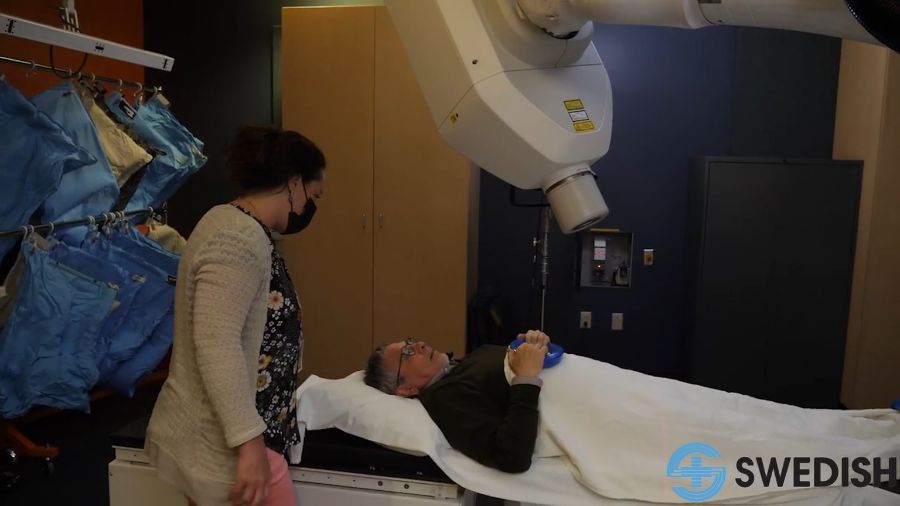Buehner: Puget Sound Convergence Zone brings sunshine, showers, rainbows
Apr 18, 2024, 11:54 AM | Updated: Apr 19, 2024, 8:08 am

In an aerial view, a rainbow forms behind the arena prior to the inaugural home game for the Seattle Kraken as they face the Vancouver Canucks at the Climate Pledge Arena on October 23, 2021 in Seattle, Washington. (Photo: Bruce Bennett, Getty Images)
(Photo: Bruce Bennett, Getty Images)
Spring is here and with it comes the mix of sunny days and days with showers. Spring is also the peak time for the Puget Sound Convergence Zone. You’ve heard the term, but what does it really mean?
Imagine water in a stream flowing around a large rock. The water wraps around the rock and meets on the other side. On a grand scale, that’s what happens with westerly airflow off the Pacific as the airflow wraps around the Olympic Mountains and collides or “converges” just east of the Olympics.
South Snohomish County is ground zero for the convergence zone. The air flows around the Olympics through the Strait of Juan de Fuca and the Chehalis Gap, colliding, rising and producing clouds and rain. If it is cold enough, it can even snow. Thunderstorms can also develop.
With frequent stronger flow through the Strait of Juan de Fuca, the convergence zone tends to drift south into King County over time, similar to what occurred early this week.
More Puget Sound weather: This week’s weather features April showers to bring May flowers
The Puget Sound Convergence Zone can occur anytime during the year, but springtime is when it happens most often. Ironically, areas to the north and south of the convergence zone tend to have large breaks in the cloud cover with periods of sunshine, such as north in the San Juan Islands and Skagit County and south in areas including Renton into Tacoma.
Spring also marks the peak of the North Sound rainbow season. Rainbows can occur any time of year, but the combination of spring showers and a higher sun angle than winter creates a greater number of rainbows during this season.
Rainbows are created by sunlight and rainfall from clouds or water droplets hanging in the air after rainfall. Sunlight enters a water droplet, slowing and bending the light as it goes from air to denser water. The light reflects off the inside of each rain droplet, breaking it into its different colors. When the light then exits the rain droplets, it creates a rainbow.
More from Ted Buehner: ‘Garden-ready’ weather approaching as overnight frost dwindles
Sunlight is composed of a spectrum of colors – many wavelengths of light. Violet is the shortest wavelength and bends the most. Red has the longest wavelength and bends the least. When you see a rainbow, the light reflecting back to you with the sun at your back will show all the colors between violet and red with violet on the bottom and red on the top.
Rainbow season is one of the most beautiful displays of nature. If you see one, take pictures and share them on the KIRO Newsradio Facebook site so everyone can enjoy them.
Ted Buehner is the KIRO Newsradio meteorologist. You can read more of Ted’s stories here and follow him on X, formerly known as Twitter.














